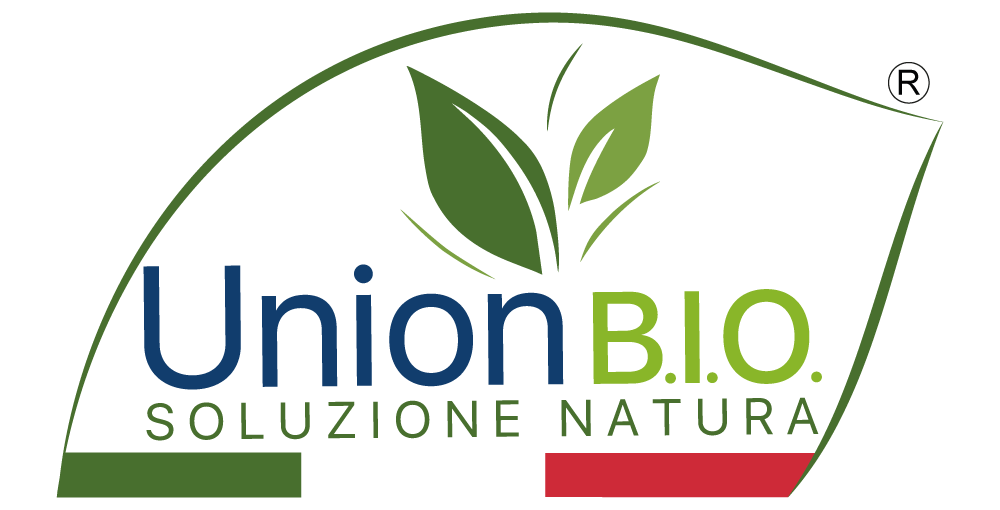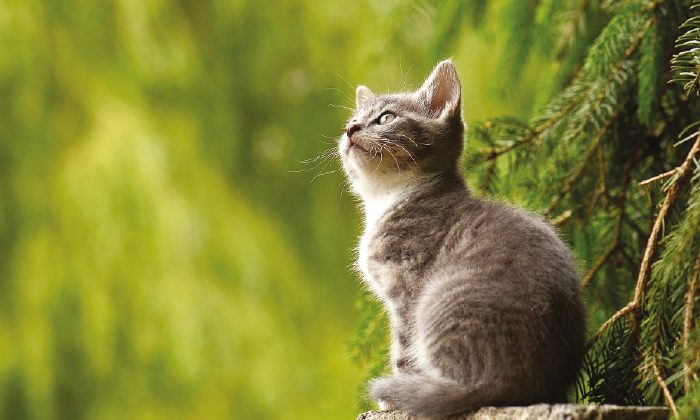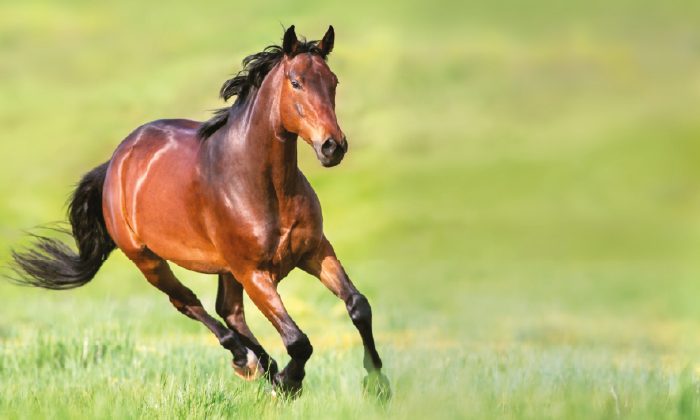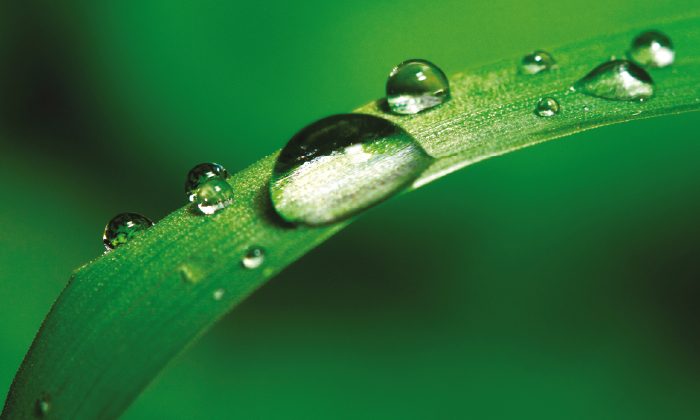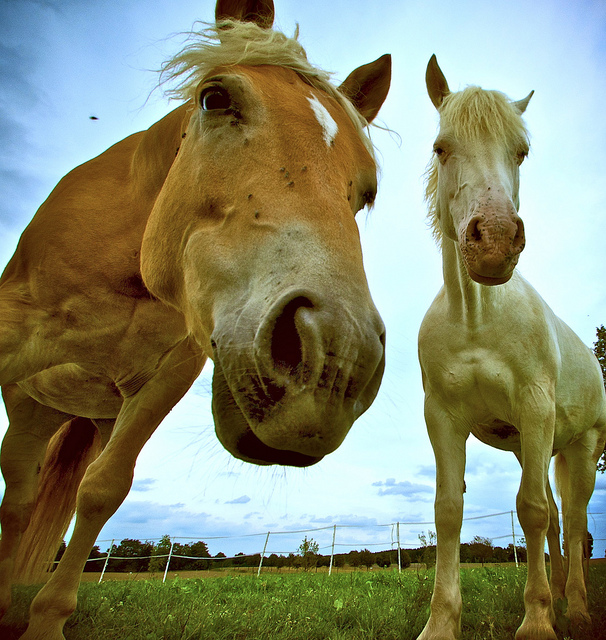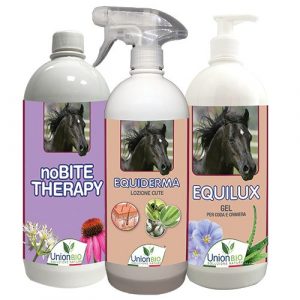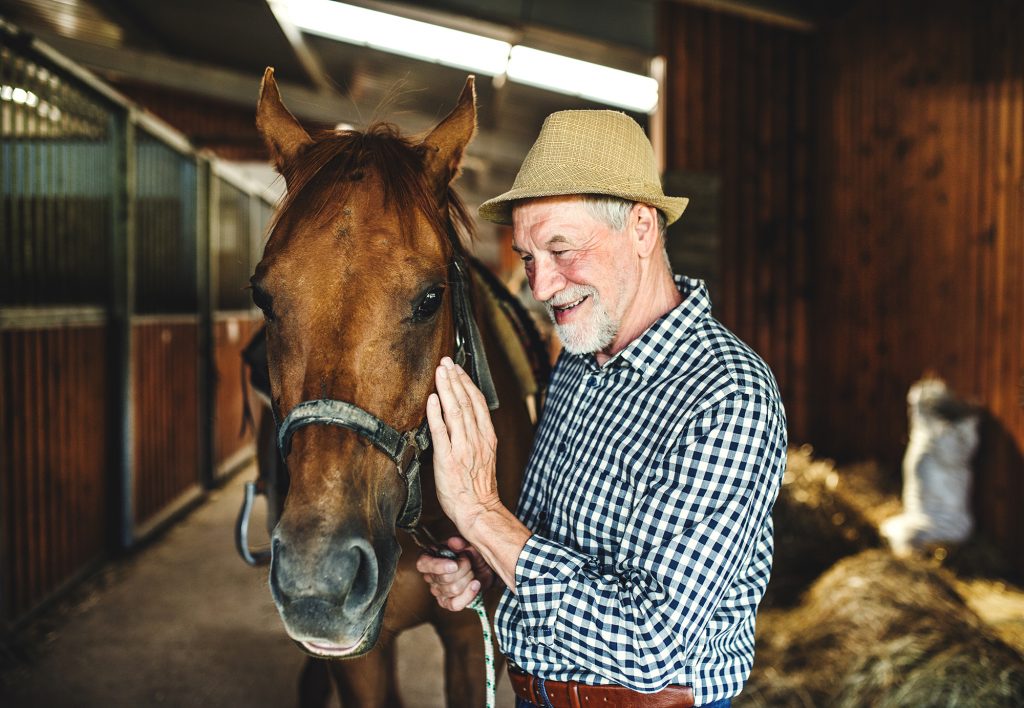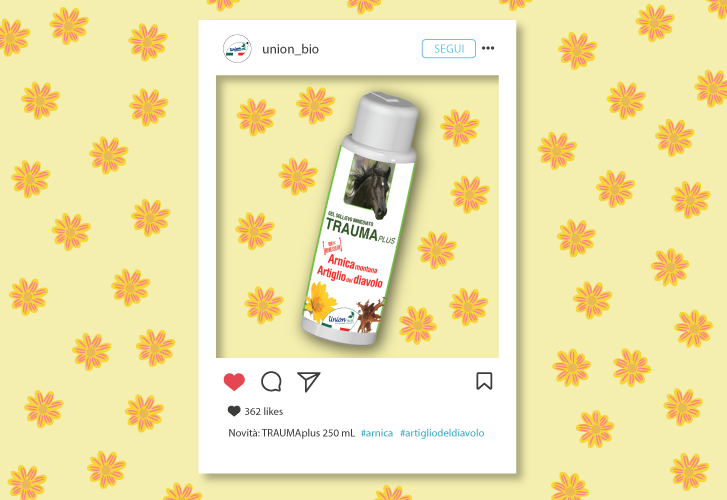La relapsing esthetic dermatite of the horse riding, also called DER, is a skin disease spread all over the world. It affects horses more frequently, especially in the first 4 years of life, and is an allergic affection to some components of the saliva of insects belonging to the genus Culicoides. It is called relapsing because it tends to occur every year in those affected and to become more and more important from year to year in symptoms.
HISTORY
According to some studies, there are as many as 1000 species of Culicoides isolated worldwide, among these the most common in Europe are C. pulicaris, C. punctatus, C. nebuculosis and C. obsoletus.
The disease can affect horses of all breeds, with a greater frequency in ponies and Shetland, Welsh, Arabs, Quarter Horse and Frisian breeds.
It has a genetic and family predisposition while it seems to have no predisposing factors related to sex. The spread of the disease is influenced by various environmental factors including the climate and the type of territory. In fact, it occurs more frequently between the end of spring and the beginning of autumn mainly in the wooded areas with little ventilation and with rather high temperatures. The animals most affected are those that live constantly outdoors, exposed to insect bites; but even horses hospitalized without protection can develop dermatitis. The presence of water (ponds, streams) in the vicinity is also considered a risk factor.
Dermatitis represents a form of immediate (Type I) and delayed (Type IV) hypersensitivity to some salivary extracts of Culicoides. Normally the cells participating in the immune reaction are Antibodies (immunoglobulins, Ig), Lymphocytes and Macrophages that react on contact with an antigen, or external agent, developing an immune reaction. The allergic reaction is, on the other hand, an abnormal response of the immune system, a hypersensitivity that will manifest itself on repetition of contact with a foreign substance and will differ from a normal response due to its rapid onset and its greater intensity than the normal.
The allergic reaction that occurs during summer dermatitis is both type I, i.e. linked to the action of antibodies and type IV, i.e. cell-mediated linked to the action of T lymphocytes which, by activating, will induce the release of numerous lymphokines capable of damaging the skin tissue, and will attract additional immune cells to the lesion site.
CLINICAL SIGNS
Clinical signs are most evident at sunset and sunrise, hours when Culicoides eat their meals with greater intensity.
Clinical forms can be divided into three types:
- Dorsal distribution
- Ventral distribution
- Combination of the first two
The first form is characterized by an initial distribution of lesions at the level of the mane, rump and base of the tail. The itching is intense. It can easily spread to the face, forelock, neck, shoulder and back of the chest. Secondary lesions such as erosions, ulcers, alopecia, lichenification and skin hyperpigmentation can be observed due to itching. In more serious cases, the typical "mouse tail" can be present, that is, a tail completely devoid of horsehair at the base.
The ventral form is characterized by itching with or without crusty papules all over the abdomen and abdomen, on the armpits, groin and legs; the hips are rarely affected. The evolution of the lesions also in this case can be different depending on the intensity of the itching.
The last form is given by the concomitant presence of lesions on the back and lower abdomen.
Regardless of the shape they are interested in, horses will tend to scratch, even violently, to bite or rub against objects. Secondary infections due to excessive scratching are frequent.
Gentian lutea
WHAT TO DO
Diagnosis is made by assessing the classic distribution of lesions, the itching and seasonality.
The most effective therapy is represented by the fight against insects through the use of topical products and systemically avoiding the contact of animals with potentially triggering insects. The use of immunomodulatory effect phytotherapies, which are able to regulate the immune response, could be useful.
Dr. Alessandra Palomba, veterinarian
Approved by CTS Union BIO
Photo: Andy Eick, Stephanie Kroos, Pete Markham, Joe Lodge, Col ford and natasha de ve.
UNION BIO ADVICE…
Our integrated approach is on two levels:
ENDOGENOUS:
NO BITE THERAPY (complementary feed): in addition to strengthening the immune system, it gives a response to the skin excretory organ, which through sweating emits odors that create a physical barrier
EXOGENOUS:
EQUIDERM: helps to regenerate and revitalize the skin tissue by restoring the eubiotic balance (when the flora is present it is balanced and useful for the organism) and therefore its connatural elasticity.
EQUILUX: adjuvant gel to restructure the hair and relieve itching
NEW EQUINOFLY: natural protection
EQUINOFLY SOFT: natural protection of the most delicate parts such as eye contour, ear contour, intimate parts and undertail
BIBLIOGRAPHY
Knottenbelt DC: Pascoe’s principles and practice of equine dermatology II, St. Louis, 2009, Saunders Elsevier
Scott DW, Miller WH Jr, : Equine dermatology I, St. Louis, 2003, Saunders Elsevier.
Cunningham FM, Dunkel B: Equine recurrent airway obstructionand insect-bite hypersensitivity: understanding the diseases and uncovering possible new therapeutic approaches, Vet J 177:334, 2008.
Kolm G, et al: Increased interleukin-1b mRNA expression in skinbiopsies of horses with Culicoides hypersensitivity followingchallenge with Culicoides nubeculosis extract, Vet Immunol Immunopathol 113:90, 2006.
Langner KFA, et al: Identification, expression, andcharacterisation of a major salivary allergen (Cul s1) of the bitingmidge Culicoides sonorensis, Int J Parasitol 39:243, 2009
Petersen A: Insect hypersensitivity. In Robinson NESprayberry KA editors: Current therapy in equine medicine VI,St. Louis, 2009, Saunders Elsevier, p 678.
Pilsworth RC, Knottenbelt DC: Equine insect hypersensitivity,Equine Vet Educ 16:324,2004.
Steinman A, et al: Epidemiological study of Culicoides hypersensitivity in horses in Israel,Vet Rec 152:748, 2003.
Van den Boom R, et al: Identification of factors associated with the development of insect-bite hypersensitivity in horses in the Netherlands, Diergeneesk 133: 554, 2008.
Yu AA: Insect hypersensitivity, Proc Am Assoc Equine Practit 52:463, 2006.
